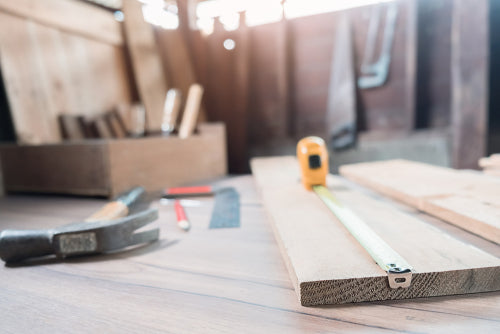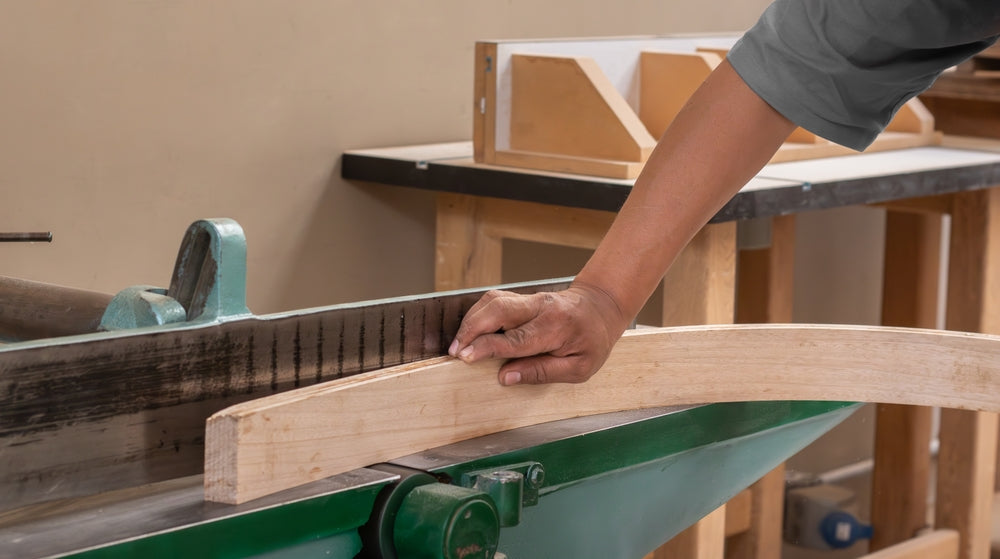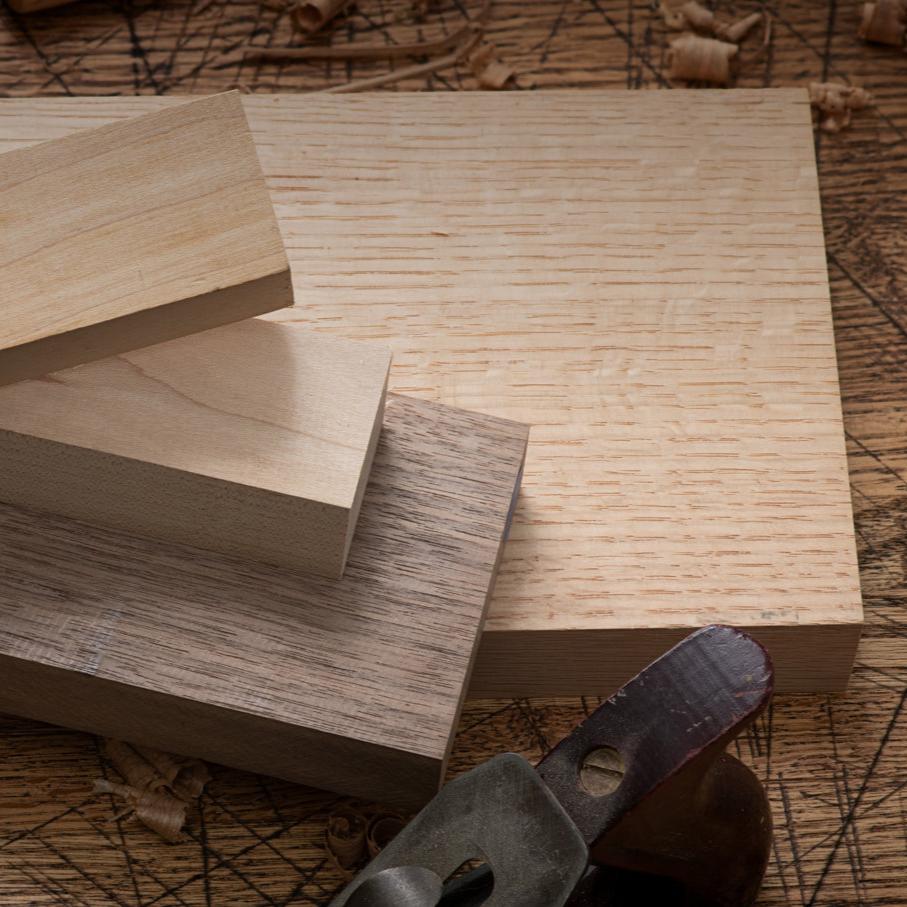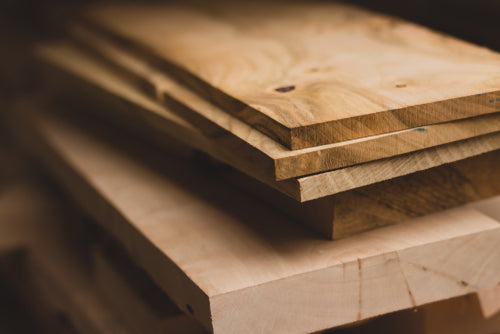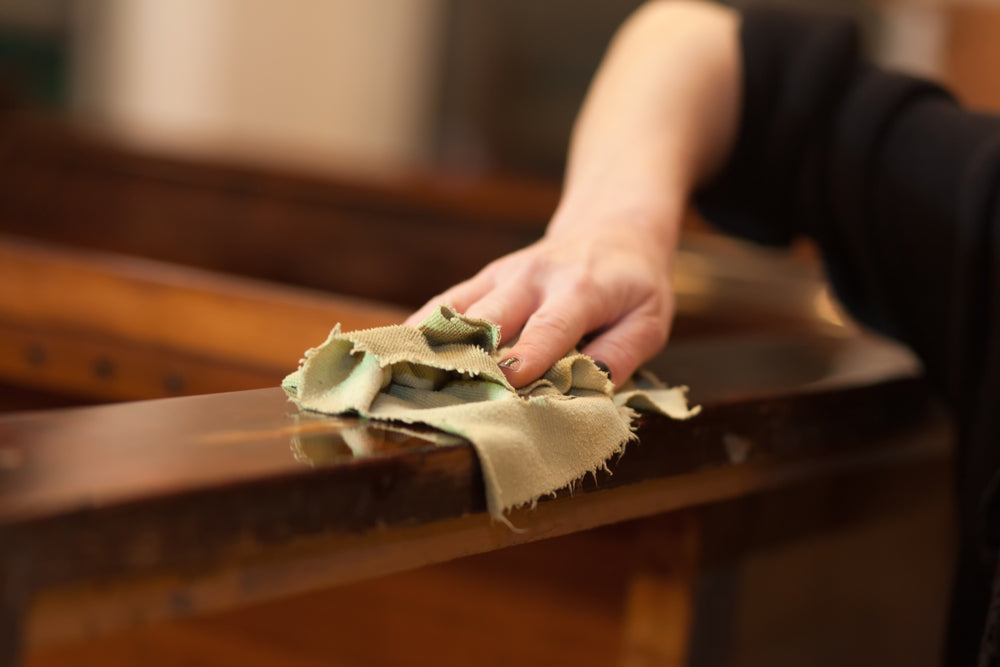Calculating board feet is an essential woodworking skill that sounds more complicated than it is. You should figure out how much wood you need for a project before you order lumber, you don’t get too much material or too little.
Woodworkers live by the saying, measure twice, cut once. We’ll show you how to figure board feet in five minutes flat.
What is a Board Foot?
A board foot is a unit of measure used in the lumber industry, equal to a piece of wood one foot long, one foot wide, and one inch thick, or its equivalent volume. A board foot is 144 cubic inches of lumber. But a board foot is not the same as a cubic foot.
How to Visualize a Board Foot
Most folks understand that a square foot measurement means the area covered by a material. A board foot is different in that it measures the volume of that material.
Imagine a piece of lumber that is 12 inches by 12 inches square and one inch thick. That’s a board foot.
Likewise, a 12-foot-long inch by one-inch timber batten is also a board foot, because it is 144 cubic inches of lumber. Another easy way to see a board foot.
Why Use Board Feet?
Board footage is a popular way to price lumber. It benefits customers because it gives them an uncomplicated way to compare prices between types of wood and between suppliers.
Understanding the board foot cost and applying that to the quantity required for a project makes figuring out the viability of a project easier.
Step-by-step Guide to Calculating Board Feet
Plenty of folks like to steep math in mystery, but it’s not magic! And you are allowed to use a calculator!
A Winning Formula
Let’s start with the basic formula:
Board feet = Length (feet) x Width (inches) x Thickness (inches) ÷ 12
Multiply the length of the board by the width, then by the thickness, and then divide that number by twelve to give you the board feet.
Let’s apply that to some 5/4” dimensional cherry wood that is perhaps 5” wide and 3’ long.
3 x 5 x 1 ÷ 12 = 1.25 board feet
3 x 5 = 15
15 x 1 = 15
15 ÷ 12 = 1.25 (one-and-a-quarter board feet)
What Happens When Lumber is Thinner?
Whatever the size and thickness of the lumber you require, the great thing is that the equation stays the same.
Let’s try it with some thin stock American black walnut and have a little fun. Let’s say you want some half-inch material that is 4 ½” by 30”. Complicated math? Not at all.
Simply put, it’s all small numbers, and the calculator on your phone makes it super-fast and easy to work out.
3.5’ x 4.5” x 0.5” ÷ 12 = 0.66 board feet, so less than a board foot, but more than half.
Board Feet and Multiple Boards
Once you have the board foot calculation of the material you need then it’s an easy task to multiply that result by the number of boards required. If you need seven pieces of white ash that are the size listed in the example above, then multiply 0.66 by 7.
The result is 4.6 board feet, which will tell you approximately how much you should expect to pay for your lumber.
Applying Board Feet to Real Projects
There aren’t many projects that use the same board sizes for every element. Most will have a mix of dimensioned and other stock sizes, but the formula works and can be used for any lumber.
When you have a project, a set of plans, or even a specific wood like maple in mind, one of the first things to do is put together a cutting list. A simple cabinet will have several different thicknesses to think about. Listing them will give you an understanding of exactly what you will need.
Top Tip:
Cabinet tops are usually thicker than the aprons, or sides. If it has legs, these will be thicker again. Drawer bases will usually be made from plyboard, and as it comes in standard sheet sizes there’s no need to worry about board feet, just the square footage required here.
Example Board Foot Cutting List
An easy way to make the board foot formula fit your cutting list is to set it out like this:
Length x width x thickness divided by 12 = board feet
Cabinet cutting list (This is a basic summary list only).
|
Item |
Length (ft) |
Width (in) |
Thickness (in) |
Number |
Board Feet |
|
Top |
2 1/2 |
13 3/4 |
1 |
1 |
2.9 |
|
Apron (sides) |
1 |
24 |
1/4 |
2 |
0.5 x 2 = 1.00 |
|
Front / Back |
2 1/2 |
24 |
1/4 |
2 |
1.25 x 2 = 2.5 |
|
Legs |
2 1/2 |
2 |
1 1/2 |
4 |
0.62 x 2 = 1.25 |
|
Base / Shelf |
2 1/2 |
13 3/4 |
1/2 |
2 |
1.43 x 2 = 2.86 |
|
|
|
|
|
|
|
|
|
|
|
|
Total |
10.51 |
Add up the final column to give you the total board feet required, and the total volume of lumber needed for the project.
How Many Board Feet to Order
After you calculate board feet, you should see that as the minimum amount you should order to produce a finished project. Lumber is a natural project and can be subject to variations in grain, color, and tone and there may be minor defects, such as splitting.
With some types of wood (and from some suppliers like big box stores!) you may even want to take the total number of board feet and double it. This is especially true with softwood, which is more prone to bowing, knots, splitting, or sap defects. Read about the differences between hardwood and softwood here.
That said – our quality standards at North Castle Hardwoods are beyond rigorous, you will likely require less spare lumber if you order our prime North American hardwood.
Whatever stock length you select, there will always be a need to trim to size or plane a board, so allow extra board feet.
Extra Board Feet
Most of the time, adding between 25% and 50% to allow for wastage is enough. Using the above cutting list as a guide would mean you between 13 and 16 board feet to cater for a 10 ½ board foot project.
In our example, most board feet are found in the top of the cabinet. This is the most expensive part of the project too, so we’d suggest taking our time to select the perfect boards.
On a smaller project where you can self-select, you can be confident picking out lumber without going too far above your board foot calculation. If you need help picking the best lumber for your project, give us a call.
Can I Use Board Foot Formulas for Every Project?
Board foot calculations can be applied to any project so you can quickly price the materials, compare those prices, and work out where the best value lies. Whether you are wood-turning, furniture making, building a new deck, or constructing a bookcase, figuring out board feet will become second nature with practice.
Explore our Range of Hardwood Lumber
At North Castle Hardwoods, we have spent 30+ years developing proprietary grades of excellent-quality lumber. The consistency of our boards and the accuracy of our cutting and finishing methods ensure you can get the most usable board feet out of our wood as possible.
We can help you through the maze so you can recognize and choose the wood species and grain best suited to your project.
Some hardwoods are better for indoor projects than others, some take stain better, and some sound alike even if they’re quite different. (We’re looking at you, hard and soft maple!)
Take a look at the range of quality hardwood lumber available at North Castle today.